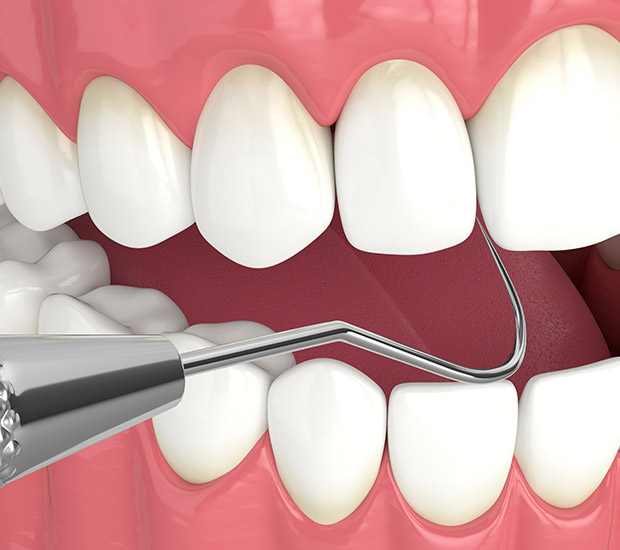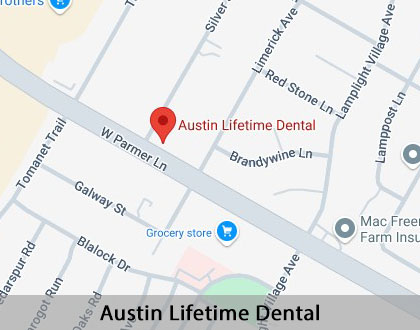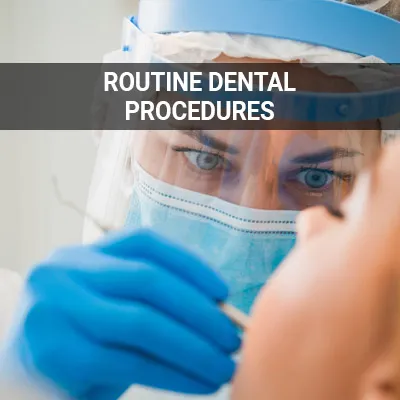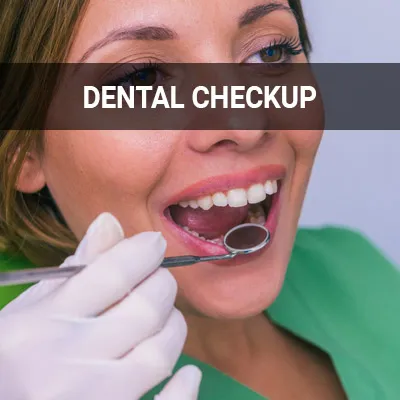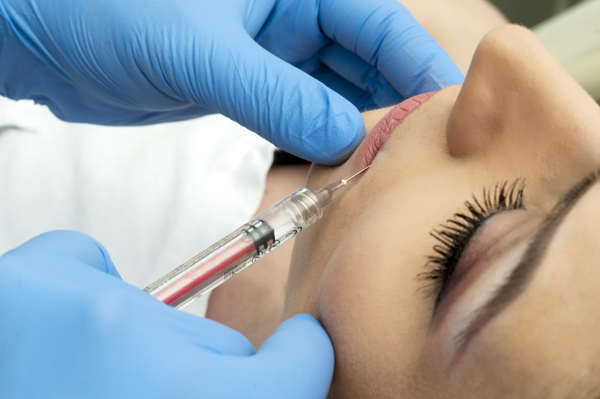Interactive Periodontal Probing Austin, TX
Dentists conduct interactive periodontal probing to measure the depths of pockets around your teeth. Performing this assessment helps you and your dentist understand the current state of your oral health. It can also determine your risk for future gum health and tooth concerns. It can even help identify other underlying health conditions because of the oral-systemic connection.
The interactive part of the diagnostic procedure comes from the knowledge gained by you and your dentist. With this periodontal test, our team at Austin Lifetime Dental in Austin may be able to deliver an early periodontal disease diagnosis. Austin Lifetime Dental may also use probing results to create targeted treatment plans to improve your oral and overall well-being.
Performing Periodontal Probing
Dentists insert a periodontal probe (a thin measuring instrument) into the space between the gum tissue and each of the teeth (called the pocket). The tool measures the depth of that pocket. A healthy pocket depth is between 1 to 3 mm of depth.
If the dentist discovers pocket depths above 4 mm during periodontal probing or if the gums bleed during the procedure. In this case, these signs could tell the dentist that a person has gum disease or periodontal disease. If pockets are deeper than 5 mm, it will be harder to keep teeth and gums clean. At this point, the dentists may recommend additional interventions.
“If pockets are deeper than 5 mm, it will be harder to keep teeth and gums clean.”
Periodontal Charting and What It Reveals
Periodontal charting is the portion of a dental record that tracks oral health over time. It includes a patient's recorded pocket depths, as well as signs of receding or bleeding gums, and a recording of where a patient's teeth attach to the gums.
Periodontal charting also records cavities, missing or rotated teeth, and the health of tooth enamel. The chart should also record tooth movement or damage, as well as any fillings, crowns, implants, or bridges in the mouth. At every visit, the dentist will update a patient's periodontal chart to determine the current state of that patient's oral health. This will help patients identify any warning signs that gum disease may be progressing.
“Periodontal charting is the portion of a dental record that tracks oral health over time.”
Risk Assessment Made by Dentist
With interactive periodontal probing and periodontal charting, a dentist can determine a person's risk for periodontal disease and other oral health concerns. From periodontal charting, a dentist can determine a person's risk for progressing periodontal disease by weighing six different factors:
- How many of the patient’s gums bled during probing
- Number of pockets deeper than 4 mm
- Number of lost teeth
- Patient age
- Underlying health or genetic conditions, including pregnancy or cardiovascular disease
- Smoking or other potential lifestyle risks
Based on these six risk assessment factors, dentists can decide if a patient has a low, moderate, or high risk for periodontal disease.
“From periodontal charting, the dentist can determine a patient’s risk for progressing periodontal disease by weighing six different factors.”
Check out what others are saying about our dental services on Yelp: Interactive Periodontal Probing in Austin, TX
Candidates for Periodontal Testing
Current guidelines suggest all adults should receive a comprehensive periodontal evaluation, or CPE, each year. In addition to interactive periodontal probing, dentists should examine teeth, bite, tongue, gums, and lifestyle factors that could contribute to periodontal risks.
If risk assessments suggest a patient's risk is high, you may need more than one periodontal probe each year. Any of these factors could indicate the need for more frequent testing:
- Gingivitis
- Frequent cavities
- Smoking or vaping
- Pregnancy
- Menopause
- Obesity
- Medications that change your oral health
- Decreased immunity
- Diabetes, rheumatoid arthritis, and Crohn’s disease
“All adults should receive a comprehensive periodontal evaluation, or CPE, each year.”
Questions Answered on This Page
Q. How is the periodontal probing performed?
Q. What does periodontal charting reveal?
Q. What does a risk assessment made by a dentist show?
Q. Who are candidates for periodontal testing?
People Also Ask
Q. What are the signs of gum disease?
Q. What can I do about receding gums?
Q. Why is it important to find the right general dentist?
Q. Why is preventative care important?
Q. What family members may need extra help with their oral hygiene?
Frequently Asked Questions About Interactive Periodontal Probing
Q. When should I receive periodontal probing?
A. The answer depends on the patient. Current guidelines suggest healthy adults receive annual periodontal probing to reduce the risk of gum disease. Patients whose dentists identified higher risk assessment factors may need more frequent periodontal probing to prevent oral health complications.
Q. Will periodontal probing hurt?
A. If you already have periodontal disease, you may experience slight discomfort during periodontal probing. However, little pain is reported during the procedure. If you are concerned about the procedure, you may talk to your dentist about topical numbing creams.
Q. Does periodontal probing make gums bleed?
A. This procedure is designed to check the health of your gums and assess risk factors, including bleeding gums. If your gums bleed during periodontal probing, it is likely a sign that their health is compromised. Bleeding gums are rarely due to probing alone.
Q. What do I do if I have a high risk for periodontal disease?
A. If periodontal probing reveals that you have pockets over 4 mm, you may need frequent in-office cleanings. At this stage, at-home oral hygiene will be difficult. Your dentist can offer specific recommendations but will likely recommend visits every three to six months to prevent disease progression or tooth decay.
Q. What impact can periodontal disease have on my overall health?
A. It is important to work to prevent and treat periodontal disease. Studies have shown gum disease may increase one's risk of other health problems such as high blood pressure, diabetes, and stroke. Some studies even link periodontal disease to cancer, dementia, arthritis, and kidney disease.
Dental Terminology
Call Us Today
If you are looking for more information pertaining to periodontal probing or testing, call us today at 512-387-7937 to learn more or make an appointment.
Helpful Related Links
- American Dental Association (ADA). Glossary of Dental Clinical Terms. 2025
About our business and website security
- Austin Lifetime Dental was established in 1986.
- We accept the following payment methods: American Express, Cash, Check, Discover, MasterCard, and Visa
- We serve patients from the following counties: Travis County and Williamson County
- We serve patients from the following cities: Austin, Round Rock, Ceder Park, Pflugerville, Manor, Georgetown, Leander, Hutto, Liberty Hill and Wells Branch
- Norton Safe Web. View Details
- Trend Micro Site Safety Center. View Details
Back to top of Interactive Periodontal Probing
